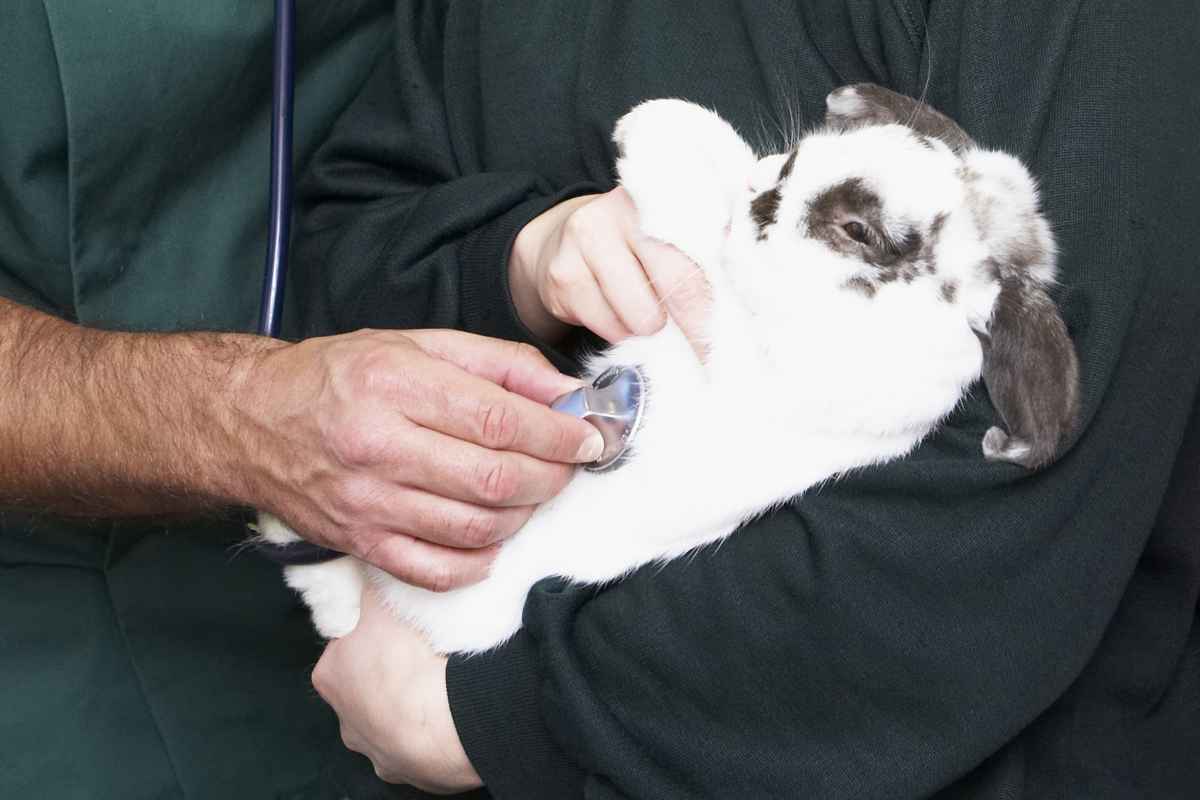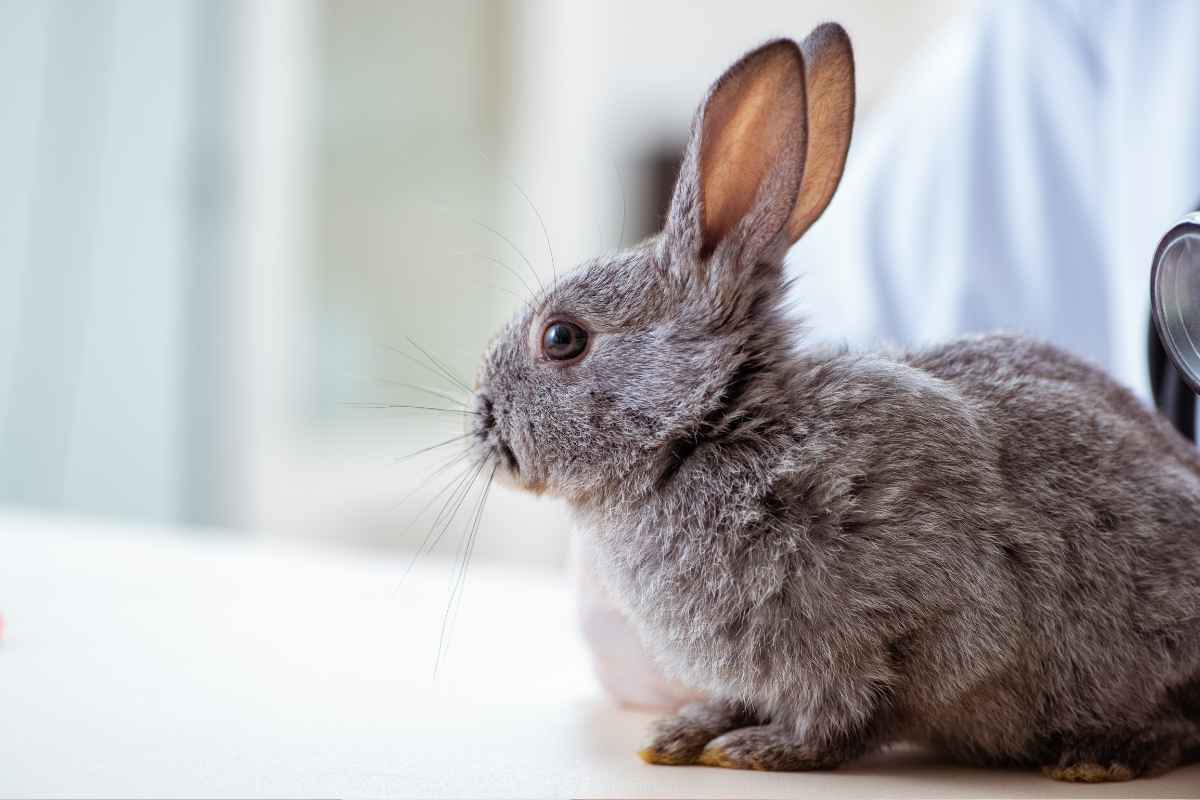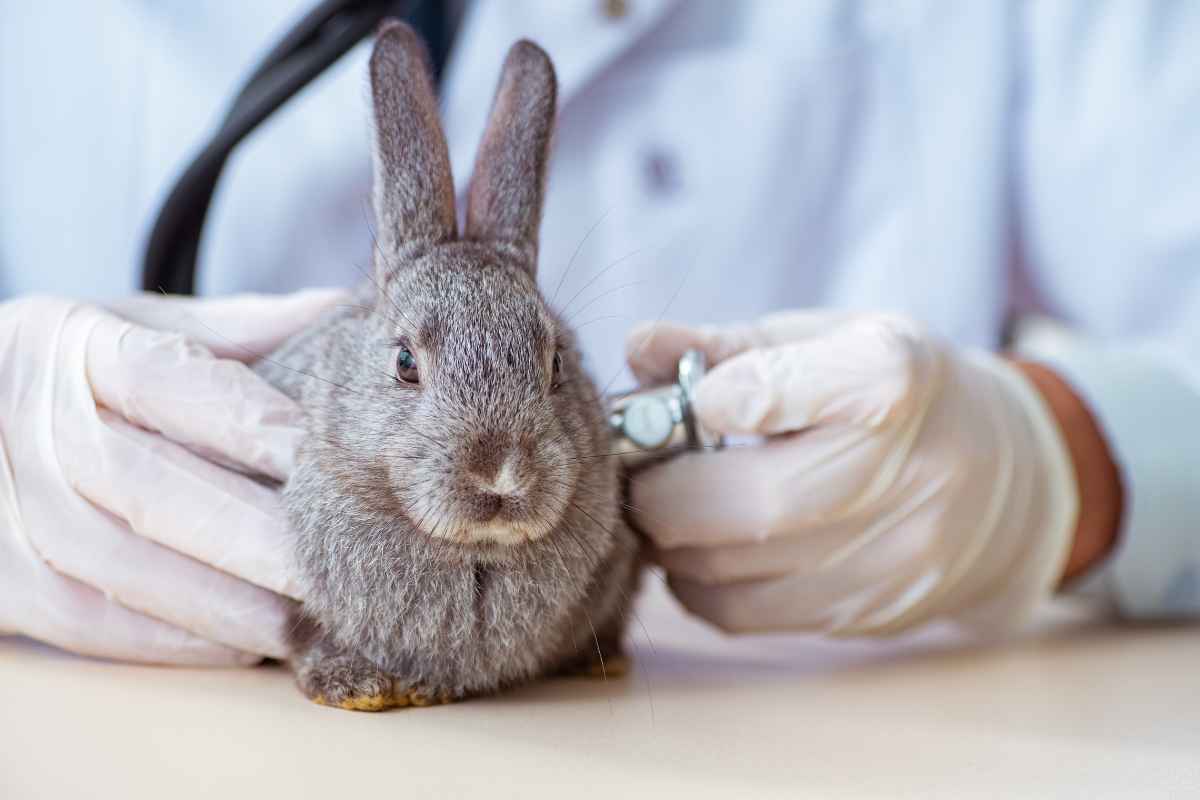8 Life Saving Rabbit Hacks You NEED to Know!

Rabbits are incredibly rewarding pets, but their care can be a bit tricky if you're unfamiliar with their specific needs.
From creating a proper environment to handling health emergencies, there are a few essential "life-saving" hacks every bunny owner should know.
In this guide, we'll cover the top tips and tricks to help ensure your rabbit lives a happy, healthy, and safe life.
A First-Aid Kit for Your Rabbit: What You Need
As a rabbit owner, being prepared for emergencies is crucial.
Unlike dogs and cats, rabbits have delicate systems that can change rapidly if they’re sick or injured.
Keeping a well-stocked first-aid kit can make all the difference in such situations.
Essential Items for Your Rabbit’s First-Aid Kit
Here’s what should be in your bunny's first-aid kit:
Antibiotic ointment for small cuts and abrasions.
Rubbing alcohol for cleaning wounds or equipment.
Syringes (without needles) to administer fluids or medication.
Gauze pads and bandages to help stop bleeding.
Styptic powder for stopping bleeding from nails or skin.
Heating pad for hypothermia in case your bunny is exposed to cold.
Saline solution for cleaning eyes or wounds.
Having these items handy can be a lifesaver in an emergency. Be sure to also have contact information for a reliable rabbit-savvy vet on hand.
Watch for These Health Red Flags in Your Rabbit

Rabbits are experts at hiding illness, so it’s essential to monitor their behavior closely for signs of distress. Quick action can be critical, especially when it comes to gut issues or sudden lethargy.
Signs Your Rabbit Might Be Sick
Look for these red flags that indicate something is wrong:
Loss of appetite: If your rabbit refuses to eat or drink, this could be a sign of digestive distress or illness.
Lethargy or unusual behavior: Rabbits that are typically energetic may be sick if they suddenly become less active.
Diarrhea or constipation: These can be signs of stress or a more serious digestive problem.
Teeth grinding: When a rabbit grinds its teeth, it could be experiencing pain or discomfort.
Pawing at the mouth: This could indicate dental issues or gastrointestinal discomfort.
Wet chin: A rabbit with excessive drooling might have dental issues or another health concern.
If you notice any of these symptoms, it’s best to contact a vet immediately.
Prevention is key, so keeping your rabbit on a proper diet and ensuring they have a comfortable, stress-free environment can help avoid many health problems.
Make Your Rabbit's Environment Safe and Enriching
Rabbits are highly intelligent animals, and their environment plays a huge role in their overall well-being. Creating a safe and enriching environment is one of the best ways to prevent stress and promote good health.
Providing a Safe Space
Rabbit-proofing: Rabbits love to chew on things, so make sure cords, wires, and other harmful items are out of their reach.
Hideaways and tunnels: These give your rabbit a sense of security. Rabbits naturally seek places where they can hide when they feel threatened.
Safe flooring: Avoid slippery floors that could hurt your bunny’s paws. Soft carpeting or mats are ideal.
Enriching Your Rabbit’s Life

Exercise time: Rabbits need space to hop around and explore. Allowing your bunny to roam freely in a secure area will keep them physically and mentally stimulated.
Toys and puzzles: Interactive toys help to reduce boredom and encourage problem-solving. Try simple cardboard boxes, chew toys, or hay-based puzzles.
Socialization: Rabbits are social animals and thrive on companionship. Spend quality time with your bunny or consider getting a second rabbit for companionship.
Dental Care: Keeping Those Teeth Healthy
Dental problems are a common issue for rabbits, as their teeth grow continuously throughout their lives.
If their teeth aren’t properly worn down, they can become overgrown and cause painful abscesses or digestive issues. Regular dental care is essential.
How to Prevent Dental Issues
Provide hay: Offering plenty of hay helps to wear down your rabbit's teeth naturally.
Check teeth regularly: Look for signs of overgrown teeth or difficulty eating.
Avoid soft food: Soft food doesn’t help wear down teeth, so be sure to feed your rabbit a balanced diet with fresh hay, vegetables, and a small amount of pellets.
If your rabbit has difficulty eating or appears to be drooling excessively, schedule a vet appointment to check for dental issues.

The Power of Hay: Why It’s So Important
When it comes to your rabbit’s diet, hay is non-negotiable. It’s essential for their digestive health, helps to wear down their teeth, and provides vital nutrients.
A rabbit’s digestive system works best when they have access to unlimited fresh hay at all times.
Types of Hay to Offer
Timothy hay: Ideal for adult rabbits, it provides fiber without too many calories.
Alfalfa hay: Best for young rabbits under 6 months, as it’s richer in calories and calcium.
Meadow hay: A great option for variety, it offers a range of nutrients.
Oat hay: This is another excellent option for older rabbits.
A good rule of thumb: the more hay your rabbit eats, the healthier their digestive system will be.
Proper Grooming for Your Rabbit

Rabbits require regular grooming to maintain their coats and prevent hairballs. Grooming also helps to monitor your rabbit's skin and health for any changes or signs of illness.
Brushing Your Rabbit
Brush regularly: Use a soft-bristle brush to remove loose fur and prevent mats from forming.
During molting: Rabbits shed heavily during the spring and fall, so brush more frequently to reduce the risk of hairballs.
Check for parasites: Fleas, mites, and ticks can affect rabbits, so be sure to check your rabbit's skin regularly for any signs of irritation or pests.
Keeping Your Rabbit Safe from Extreme Weather

Rabbits are sensitive to temperature changes. Extreme heat or cold can be dangerous, so it’s important to create a comfortable environment year-round.
How to Keep Your Rabbit Cool in Summer
Provide shade: Make sure your rabbit has a cool, shaded area to rest in.
Fresh water: Always ensure there’s fresh water available, as hydration is key during hot weather.
Avoid overheating: Never leave your rabbit outside in direct sunlight for extended periods. If it’s hot, bring them indoors.
How to Protect Your Rabbit in Winter
Warm bedding: Offer plenty of soft bedding to help insulate your bunny from the cold.
Avoid drafts: Keep your rabbit away from cold drafts, and make sure their living area is properly insulated.
Monitor their behavior: If your rabbit is staying in one spot and not eating, it might be a sign they’re too cold.
Regular Vet Check-Ups: The Key to Long-Term Health

Lastly, scheduling regular vet check-ups is one of the best ways to ensure your rabbit’s health remains in top shape. Routine exams can catch health issues before they become serious problems.
Even if your rabbit appears healthy, a visit to the vet can help with preventative care, such as vaccinations and parasite control.
By following these simple yet life-saving hacks for your rabbit, you can ensure that they lead a long, healthy, and happy life.
From preparing for emergencies with a first-aid kit to providing proper dental care and ensuring a safe environment, these tips will help you take better care of your furry friend.
Don’t forget to consult with a rabbit-savvy vet regularly to ensure your pet stays in top form.
Remember, your rabbit’s happiness and health depend on the love, attention, and care you provide.
With these essential hacks, you'll be well-equipped to meet your bunny's needs and tackle any challenges that arise. Happy bunny parenting!
We hope you enjoy this video about Rabbits

Source: Lennon The Bunny
Did you find this post useful or inspiring? Save THIS PIN to your Pets Board on Pinterest!


You may also like